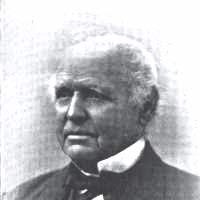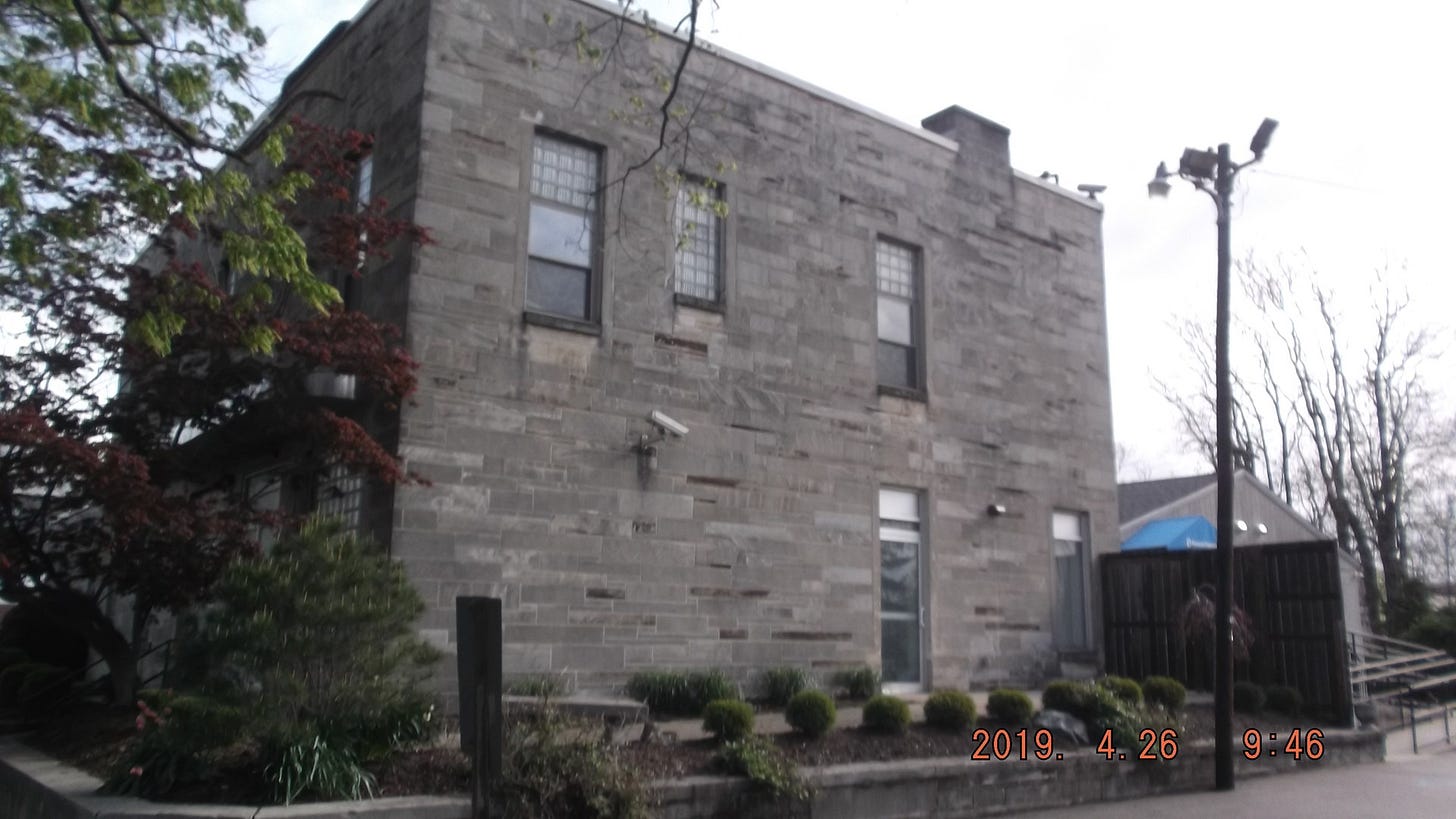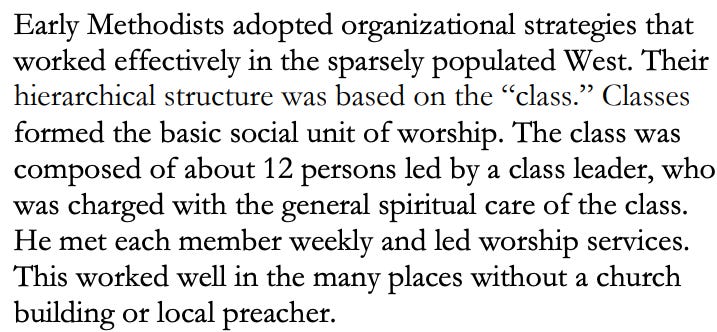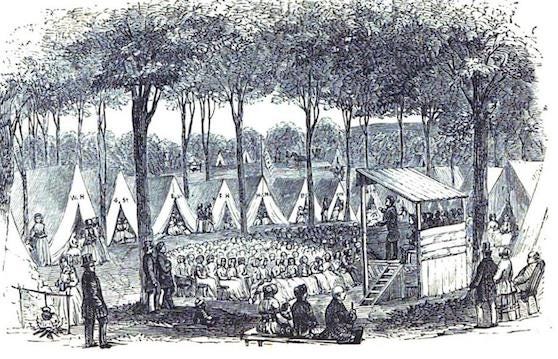Prospecting for Gems of Bloomington's Past #14
Daniel Rawlings (Rawlins, Rollins) from Maryland and his friend, Howe: who built the Howe-Maxwell House?
My last blog presented a transcription of a newspaper article by Agnes McCulloch Hanna from 1831 that has become the “go-to” information source for those interested in the Howe-Maxwell house. That article informed us that Joshua O Howe built the house in 1843 at 437 S College (formerly, 421) on Seminary lots 20 and 21 in Bloomington, but did he?

The Dilemma
Let’s take a look at some facts. Seminary Lots 18,19, 20 and 21 were purchased June 8, 1843 by both Joshua O Howe and his younger brother, Joseph M Howe for $1000. (They had been partners together in the dry goods business on the downtown Square since the mid-1820’s.) 1 The wedding of James D Maxwell and Louisa J Howe, Joshua Howe’s granddaughter, was said to have taken place in this house, July 6, 1843.2 It is impossible for the wedding to have taken place there one month after his purchase of unimproved property and it could have taken a year to build. Possible solutions to this problem are that an earlier owner of these lots built the house or that the wedding took place elsewhere.
Let us consider the first scenario-that someone other than Joshua Howe built the house. It isn’t easy to determine when a house was built, but we can get a definite date on purchase of the land. The grantors selling Seminary Lots 18,19, 20 and 21 to the Howes were the heirs of Daniel Rawlings: his widow, Rebecca Caroline, and his children: Daniel A Rawlings, Rebecca R Browning and David Browning, Pricilla R Owen and William D Owen Thomas Howe Rawlings, and John Jenkins Rawlings, The father, Daniel, bought these properties adjacent to that of the Bloomington Seminary (across 2nd Street) on College Avenue November 9, 1820 for $119.50 for four lots.3 Rawlings apparently died quite suddenly in 1827 at 41 years of age leaving a widow with six small children to raise. The property was transferred to Daniel’s heirs in 1832 4 and later sold to the Howes in 1843.
Rawlings seemed to have the means to build a large home, and he would have needed space for six children. What is not known is if the Howe-Maxwell house was built by him (probably, soon after 1820), or if he lived elsewhere, leaving the lots vacant.
Let’s take a look at the life of Daniel Rawlings (Rawlins, Rollins) searching for clues as to where he was living. Both Rawlings and Howe were about the same age and were from Maryland, both were former slaveholders, both were ardent Methodists, and both were Trustees at the University and active in community affairs.
Born in Maryland
Howe and Rawlings were originally from Frederick County, Maryland, although Joshua O Howe had first moved to Kentucky (and married there) before arriving in Indiana around 1819, while Rawlings preceded him in arriving in Bloomington in 1818, coming directly from Maryland. Rawlings’ son, Daniel A Rawlings, was born in New London, Frederick, Maryland in late 1817, not long before the family left the state, and his father was born in Maryland February 25, 1786.5 The two friends were born two years apart in the same county of Maryland, but we do not know if they had known each other before arriving in Indiana.
Former slaveholder who brought a freed slave to town
Each of these two men brought a former slave to Bloomington: Howe, brought Notley Baker and Rawlings, “Little Maria”.
A daughter of David H. Maxwell, Martha Maxwell Howard, recalled her memories of old Bloomington in 1907:
The first barber was a "colored man by the name of Notly (sic) Baker" and this Mr. Notley Baker was owned in Kentucky by Mr. Joshua Howe, who brought him from Kentucky…..
In the first settlement of the town there were two colored women by the same name, the one my mother brought from Kentucky, the other one having been brought from Maryland by Mr. Rawlins. As one was large and the other small, one was always designated as "big Maria" and the other as "little Maria” (she couldn’t remember which was which).6
Louise Maxwell, granddaughter of David Maxwell, settled the question in her sketch of David H Maxwell’s life, indicating that their family servant was an ex-slave called “Big Maria”, so, by default, Daniel Rawlins brought “Little Maria”. 7
Leader and founder of the Methodist Church
Daniel Rawlings and friend, Joshua O Howe, were founders of the Methodist Episcopal Church in town (the First United Methodist Church) along with Benjamin Freeland. 8 9 Daniel “Rawlins” was leader of the class that met in homes west of town (called Crossroads Methodist Church), located today west of Ivy Tech Community College on State Road 48 West.10 He seemed to be active in both the downtown church and the one west of town. The “class” idea for Methodists is explained below:11
Rawlings (Rollins) and the conversion of Joseph Tarkington
An interesting story of the conversion of Joseph Tarkington, early Methodist missionary and Circuit Rider, involves Daniel Rawlins.
My conversion (Joseph Tarkington speaking) took place at a camp meeting four miles west of Bloomington, on August 27, 1820, at eleven P.M., with a Methodist class-leader, Daniel Rollins, on one side, and a Presbyterian elder, Samuel Dodds on the other. I praised God, and commenced to look after my comrades. It appeared to me that God at that time called me to look for the lost. 12

Active in civic affairs
Daniel Rawlings was one of three men appointed by the General Assembly on January 21, 1826, as Trustee of Indiana Seminary for one year. 13
In addition to his work with the Methodist Church, Daniel Rawlings was appointed by the Commissioners in the early 1820’s to be Superintendent for certain roads leading out of Bloomington, Justice of the Peace for Indian Creek Township, and Overseer of the Poor in Bloomington Township (1824).14
Similarly, Joshua Howe was active in civic affairs and one of the Trustees of the Indiana State University, serving from 1821-25 and 1832-40 through all three phases of the institution: Indiana Seminary, Indiana College, and Indiana University. 15
Moving to Bloomington
Daniel Rawlings owned quite a bit of rural property and may have lived in Indian Creek Township near the Tarkington family. He put up bond for Constable Silvaners Tarkington there (a friend of the Tarkington family), and he was put in charge of a road to Indian Creek Township.16 In 1823, Rawlings bought Lot #121 at the corner of Kirkwood and Washington from Henry Batterton. Rev. Joseph Tarkington mentioned in his biography that “Rollins” moved to Bloomington about this time and was appointed Overseer of the Poor in 1824 for Bloomington Twp.
In my opinion, Rawlings started out in rural Monroe County in 1818 but moved to Bloomington in 1823. It is possible that the family either moved to Lot #121 downtown around 1823, leaving the Seminary lots 18,19, 20, and 21 undeveloped, or he could have built a house on Seminary lots 20 and 21 at that time, but tradition supports the former. This information leaves room for the tradition that Joshua O Howe built the house on undeveloped lots in 1843.
Deeds of Monroe County, Indiana, Book I, Page 403.
Marriage Index 1818-1881. Monroe County History Center Indexes. 6/7/18. Accessed 6/28/2022.
Deeds of Monroe County, Indiana, Book D, Page 047.
Deeds of Monroe County, Indiana, Book D, Page 047.
Myers, Burton Dorr, Trustees and Officers of Indiana University 1820-1950, Indiana University, 1951, p 36
Howard, Martha Maxwell, Sketches of Early Bloomington, 1907, Terre Haute. http://cwcfamily.org/sketches.htm Acessed 6/28/2022.
Maxwell, Louise, A Sketch of David H Maxwell, Indiana Magazine of History, Vol Vii, September, 1912, p 104.
Church Index Sorted by Surname, Monroe County History Center Indexes. 6/7/18. Accessed 6/28/2022.
(1914). History of Lawrence and Monroe counties, Indiana: their people, industries, and institutions. Indianapolis: B.F. Bowen, p 304.
History of the First Methodist Church, Bloomington, Found in Vertical Files of the Monroe County History Center.
Monroe County Commissioner’s Record A (pp. 253,328 and Record Book, 1824-1832 (Commissioner’s Record B, pp 10,18, and 123. Located at Monroe County History Center.
The Conversion of Joseph Tarkington, Accessed June 28, 2022 at Christianity.com
Myers, Burton Dorr, Trustees and Officers of Indiana university 1820-1950, Indiana University, 1951, p 36
Monroe County Historian, June/July 2014, p 2.
Myers, Burton Dorr, Trustees and Officers of Indiana university 1820-1950, Indiana University, 1951, p 38






If I were to write this blog all over again, I would change my viewpoint in regard to who built the Hower-Maxwell house. I recently noticed that Rebecca "Rollins" in the 1830 census for Monroe County is listed next to B R Hall (Baynard R Hall), the first principal and professor of the Indiana Seminary. Andrew Wylie was listed fairly close to her as well.That would suggest she was living near the university and that Daniel Rawlings may have built the house around 1823, when he moved to town from the country. He had purchased the four lots adjacent to the Seminary in 1820 for $119.50 and his heirs sold it to Joshua and Joseph Howe for $1000, implying that there might be a building on it to explain the higher price of the property.